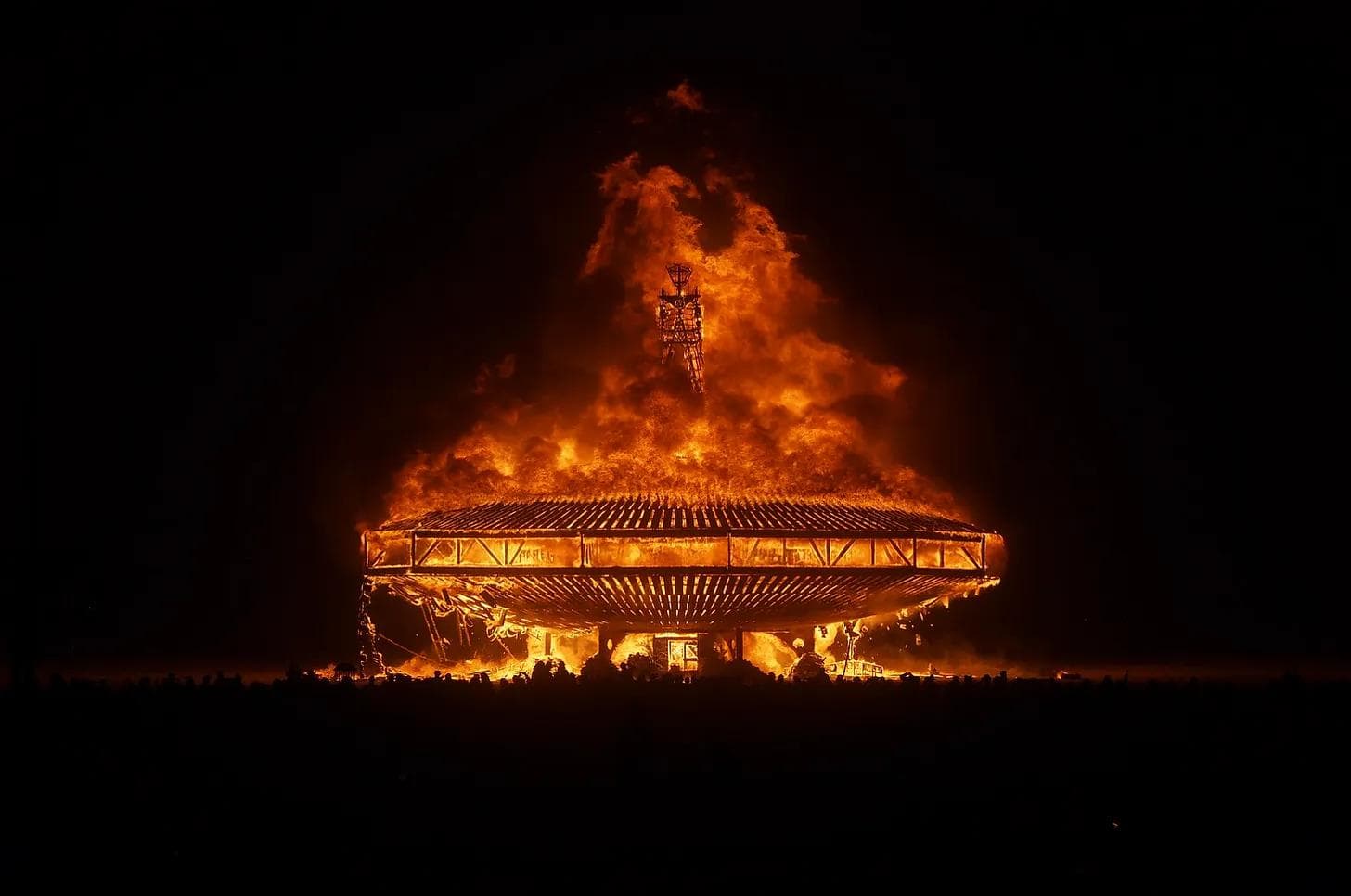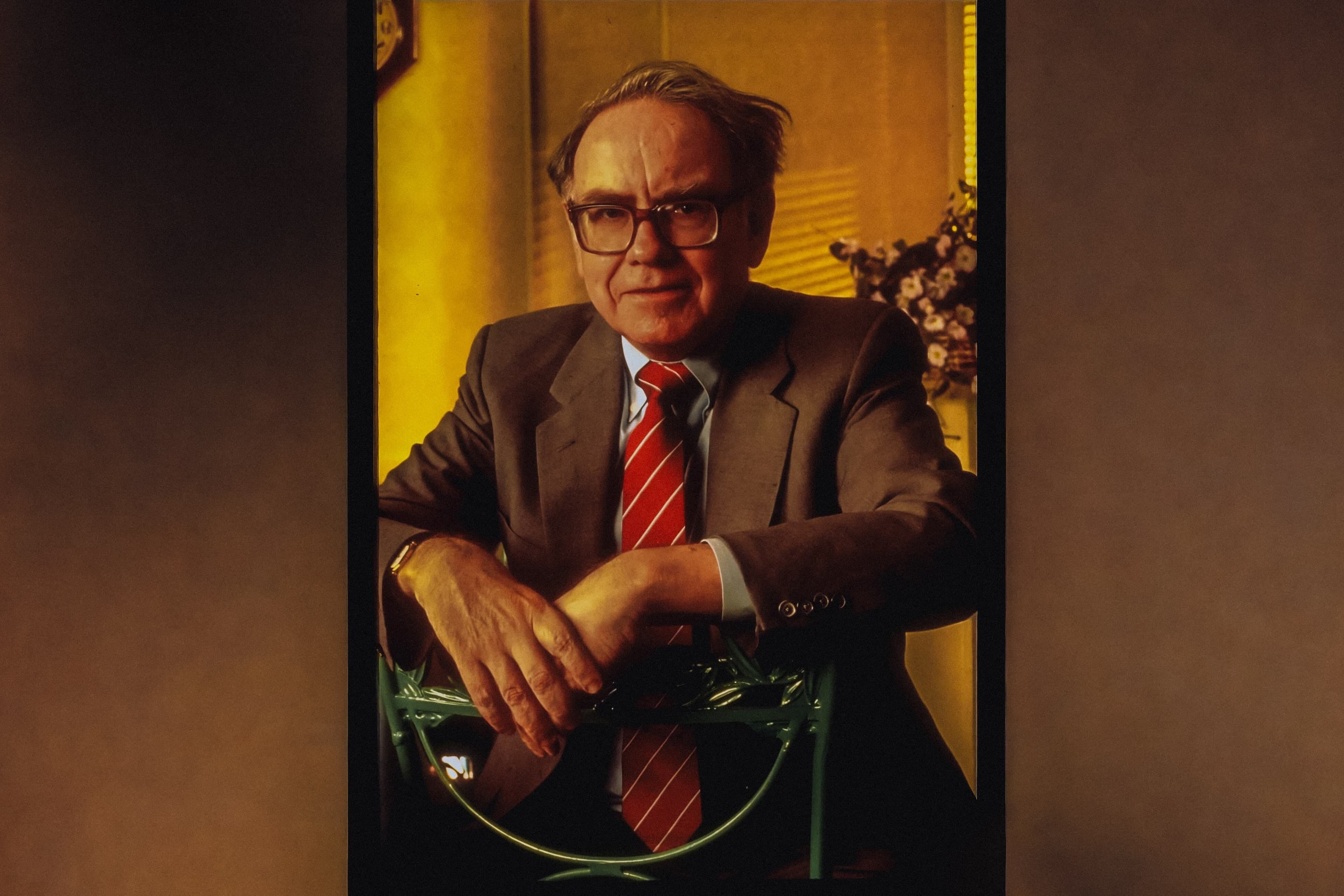Imaginary friends. Monday morning, 48 hours into a global, social media-induced fake news hysteria, thousands of Burning Man attendees began their long, dirty trip home after what now seems, by all available indication, a largely pleasant (if unusually wet) week in the desert. Many, checking into their cursed apps for the first time in a week, were surprised to discover the following: they were apparently in danger of starvation; the 70,000-person event (a notably light year), populated almost entirely by billionaire venture capitalists, had collapsed into a Titanic-level disaster in which only the most elite of elites (Diplo and Chris Rock) were permitted to exit by way of private shuttle (they hiked several miles through the mud to a road, where they hitched a ride to town); and giant, prehistoric fairy shrimp had hatched from acid mud, which was burning holes through the skin of anyone it touched, while a virus, possibly Ebola, reduced the poors (venture capital associates?) to fits of coughing blood. Men in hazmat suits arrived. The area was under quarantine. Some people were possibly eating other people? But more incredible than this incredibly fake account was the popular takeaway: thousands of people were in danger of dying, we were told, and — for an incoherent myriad of diametrically opposed political reasons — this was awesome.
Cool.
The earliest incarnation of what we might today call “Burning Man” took place in 1986, on a beach in San Francisco. There, twenty people partied on the summer solstice, and burned an eight-foot wooden effigy. Almost four decades later, for one week a year, Black Rock rises up into a temporary 80,000-person city in the Nevada desert. Burning Man is referred to as a festival, a “campout,” a kind of pilgrimage. The ethos is “radically inclusive.” Among participants, self-reliance is prized, along with creativity, and a rugged, adventurous spirit. It was from the start a synthesis of technology, art, and many of the values you might today term libertarian, or highly freedom-oriented. But in popular culture the event is generally known for drugs, music, otherworldly giant statues, fantastical outfits, and a kind of pseudo-pagan laid back Xanax hippie approach to “community,” decommodified “giving,” and “oneness” with the world. I first heard about it in my early 20s, and was immediately captivated by the thought of something so massive, assembled from nothing in a week, and gone a week later.



